Kilowatt Kitchen
Energy Efficiency
How to use this program
Thank you for taking the time to educate your students and their families about energy conservation and natural resources. We want you to know that participating in this program and using its supplementary materials is easy and can integrate seamlessly with your established teaching methods. Please note that our programs are aligned with state educational standards as well as the Next Generation Science Standards.
These online teacher resources have activities that emphasize the Four Cs of 21st Century Education Skills – Collaboration, Communication, Creativity and Critical Thinking. Along with suggested grade levels, purpose of each activity and cognitive level of thinking, this allows you to tailor the learning to meet the needs and abilities of your entire class.
Before the Performance
- Watch the Educator Preview Video
- Start a K-W-L (Know-Wonder-Learn) exercise with your students.
- Review the student playbook to identify the appropriate leveled activities for your class.
Day of the Performance
- Watch the Student Preview Video with your students.
- Continue the K-W-L exercise with your students. What do you know about the subject matter we are about to see? What do you want to know?
- Attend the live performance scheduled for your class.
After the Performance
- Watch the Post-Performance Video with your students.
- Conclude your K-W-L by asking the students what they learned from the performance.
- Use the student playbooks and share the additional lessons and expanded information.
- Use the other games and activities located here.
- Evaluate the program by clicking on the Hey,Teachers! icon and entering the code you received from the actors.
- Complete the program evaluation for your chance to win $250 for your classroom.
Educational Standards
Find the related state and Next Generation Science Standards here.
Words to Know
Hover over the image to reveal the definition.
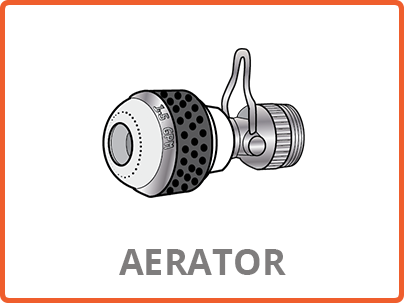
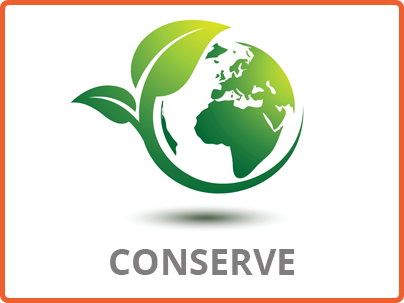
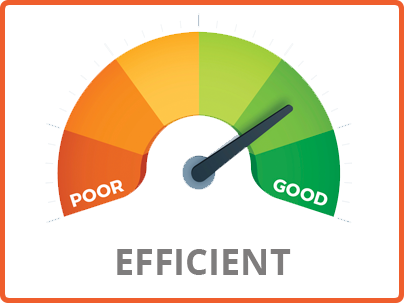
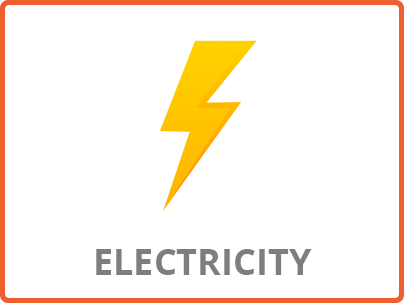
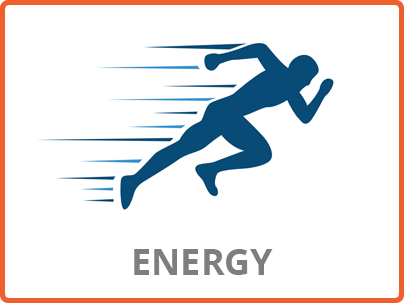
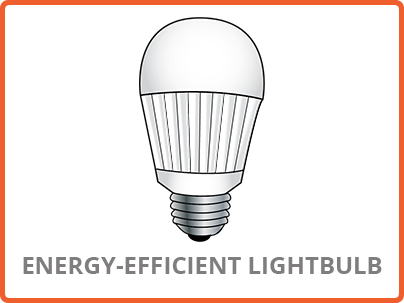
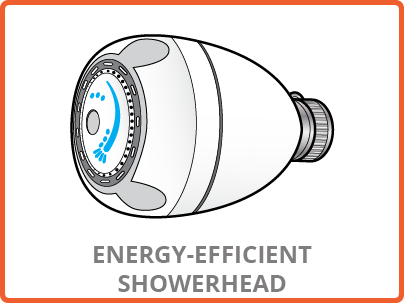
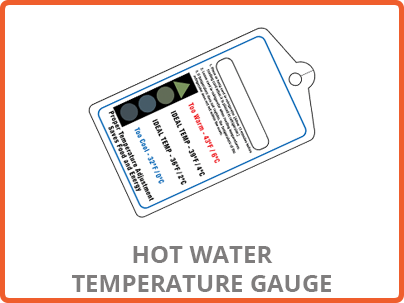
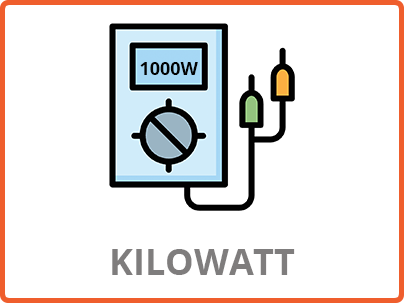
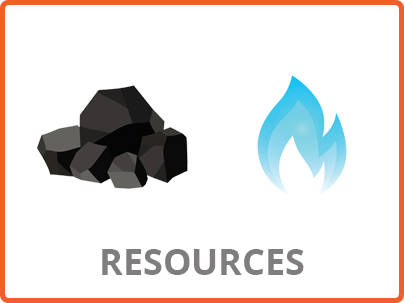
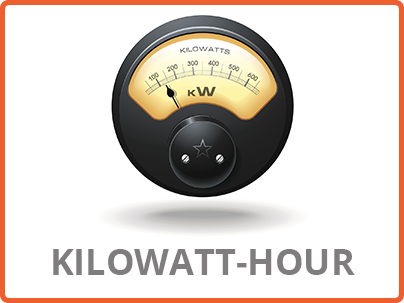
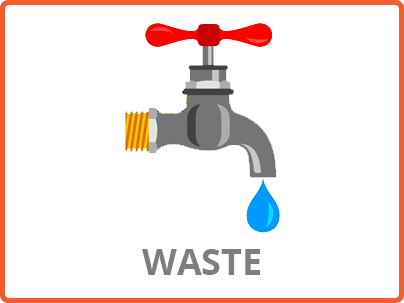

Lesson 1: Electricity Every Day
Introduction
Electricity is a form of energy. Electricity powers many of the things people use every day. Despite its importance in our daily lives, few people probably stop to think what life would be like without electricity. But we use electricity to do many jobs for us every day – from lighting, heating, and cooling our homes to powering our televisions and computers. This activity helps illustrate the effect electricity has on our daily lives.
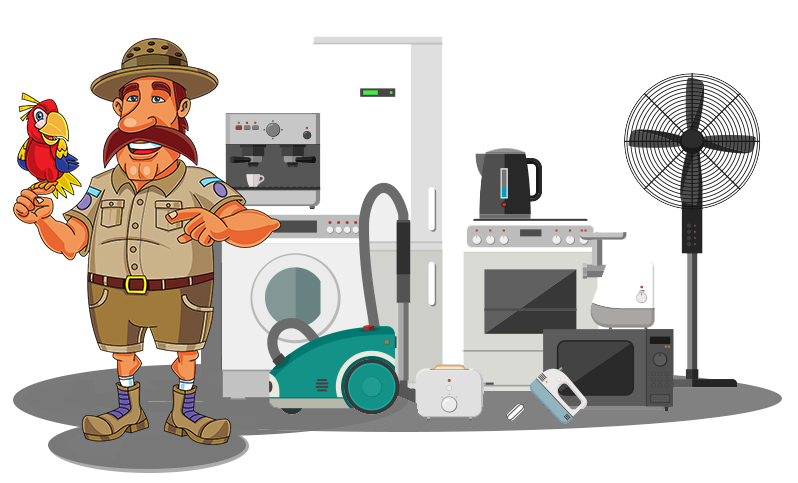
Objective
Students will understand the effect electricity has on their daily lives.
Purpose of Activity
Review, Identify Details, Communicate, Create
21st Century Skills
Communication, Creativity
Cognitive Level
Strategic and Extended Thinking
Class Time
30 minutes
Materials
Chalkboard or whiteboard
Procedure
- Ask the students to identify things in the classroom that use electricity. Write these answers on the board. Have them continue to identify things at home that also use electricity.
- The students will write (or draw a picture) about everything they do all day that uses electricity. (Example: My alarm clock woke me up, I turned on the lamps, I dried my hair with a hair dryer, made toast, etc.)
- Present the stories to the class.
Critical Thinking Questions
Click on the questions to reveal answers.
Lesson 2: Use Wind to Power a Turbine
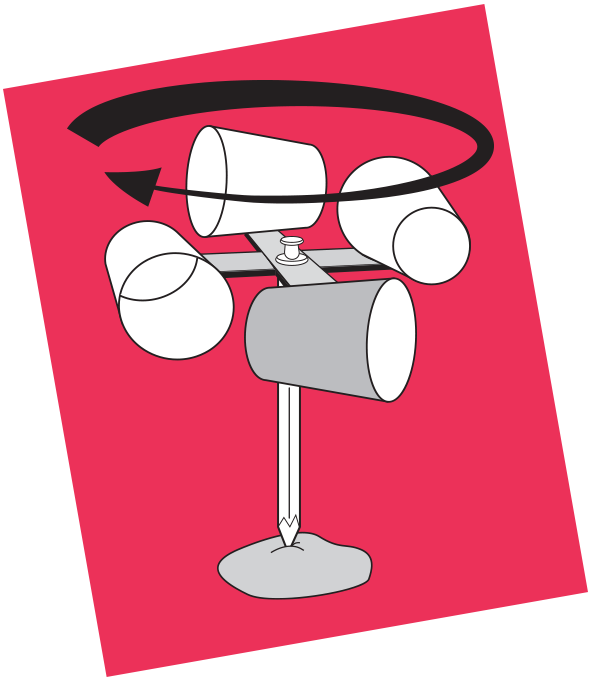
Introduction
In the live performance, we learned that a turbine is a giant rotating fan. In this activity, wind is used in place of steam to spin the turbine.
Objective
Students will work together to engineer a wind turbine to demonstrate how wind power works.
Purpose of Activity
Apply Skills, Create
21st Century Skills
Collaboration
Cognitive Level
Strategic and Extended Thinking
Class Time
30-45 minutes
Materials
Four small paper drinking cups
A pair of scissors
Two strips of stiff, corrugated cardboard, about 18” x 3” each
Stapler
One pushpin
Sharpened pencil with an eraser on the end
Modeling clay
Procedure
Divide the class into teams. Teams of 3 or 4 work best.
- Make the paper cups lighter by cutting the rolled edges off the tops.
- Find and mark the exact center of the cardboard strips.
- Cross the cardboard strips to make a plus sign. Staple them together.
- Staple the cups to the ends of the cardboard strips making sure the cups all face the same direction.
- Push the pin through the center of the cardboard and attach the cardboard cross with the cups on it to the eraser point of the pencil. Blow on the cups to make sure the cardboard spins around freely on the pin.
- Place the modeling clay on an outdoor surface. Stick the sharpened end of the pencil into the clay so it stands up straight.
- Observe the motion of the cups.
Critical Thinking Questions
Expanded Info: How We Generate Electricity
Introduction
Read the passage below to your students and ask them the discussion questions that follow.
Read to your class
We use electricity every day to power our TVs, computers, video games, lamps and about a million other things. But where does electricity come from, and how does it get into those funny looking holes in the wall?
Let’s go backwards. The outlets in your wall are connected to a series of wires that lead to utility poles outside of your house or apartment building. These wires then lead to transformers or substations, which, in turn, lead to a power plant. It’s in the power plant that the electricity is created.
In the 1800s, scientists discovered that when a magnet is dragged across a series of copper wires, it creates a field of electricity. The problem is, in order to keep your lightbulb lit, there has to be a constant current of electricity flowing through it, which means the magnet has to be continually moving. To solve this problem, the magnets in the power plant are surrounded by wires on all sides. So if the magnets spin in a circle, they create a nonstop current.
But how do we keep that magnet spinning? One way is to attach it to a turbine. A turbine is like a giant fan. Imagine a child’s pinwheel. If the magnet were attached to that pinwheel, then it would spin any time the child blew on it. In the power plant, the pinwheel-like turbine isn’t spun by a child with amazing lung capacity, but instead with steam. By focusing steam through smaller and smaller pipes, it becomes so powerful it can spin the turbine with great ease.
All that steam comes from boiling large amounts of water. The more water we boil, the more steam we produce; which takes us to resources. All of that water has to boil somehow, and we make that happen by burning resources like coal, oil and natural gas. The more electricity we make, the more resources it takes to make it. And because there’s only so much coal, oil and natural gas in the world, it’s more important than ever that we conserve, or save, electricity wherever possible.
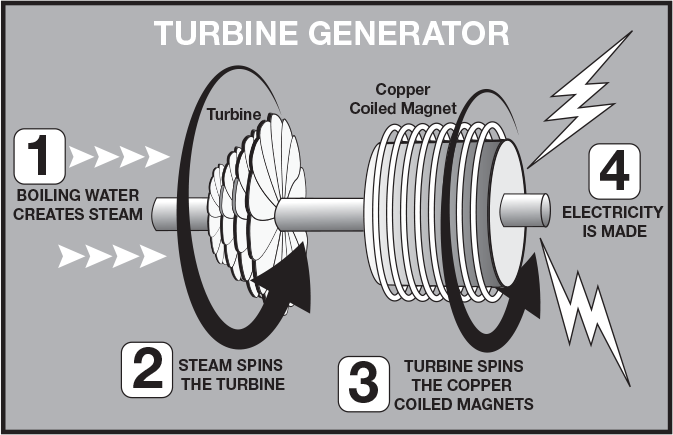
Critical Thinking Questions
- We can put a turbine in a river. This is how hydroelectric dams work.
- We can also use the wind to spin a turbine in a windmill.
Expanded Info: Watt’s Up with Electrical Terms?
Introduction
Read this passage to your students and ask them the discussion questions that follow.
Read to your class
A neat analogy to help understand these terms is a system of plumbing pipes. The voltage is equivalent to the water pressure, the current is equivalent to the amount of water, and the resistance is like the pipe size.
How do they relate?
Current is equal to the voltage divided by the resistance.
Let’s see how this relationship applies to the plumbing system. Let’s say you have a tank of pressurized water connected to a hose that you are using to water the garden.
What happens if you increase the pressure in the tank? You probably can guess that this makes more water come out of the hose. The same is true of an electrical system: Increasing the voltage will make more current flow.
Let’s say you increase the diameter of the hose and all of the fittings to the tank. You probably guessed that this also makes more water come out of the hose. This is like decreasing the resistance in an electrical system, which increases the current flow.
Electrical power is measured in watts. In an electrical system, power (P) is equal to the voltage multiplied by the current.
The water analogy still applies. Take a hose and point it at a waterwheel like the ones that were used to turn grinding stones in watermills. You can increase the power generated by the waterwheel in two ways. If you increase the pressure of the water coming out of the hose, it hits the waterwheel with a lot more force and the wheel turns faster, generating more power. If you increase the flow rate, the waterwheel turns faster because of the weight of the extra water hitting it.
Source: HowStuffWorks.com
Critical Thinking Questions
Expanded Info: Electrical Safety Tips
Read these electrical safety tips to your class.
- When unplugging something, pull the plug, not the power cord.
- Keep anything that is flammable away from space heaters.
- Make sure space heaters are at least three feet away from curtains.
- An adult should turn off space heaters when not in use.
- Never touch lights or plugs, especially with wet hands.
- Don’t climb trees near power lines.
- Keep ladders and tools at least 10 feet from power lines.
- Adults should only use a clean, dry, wooden or fiberglass ladder near electric power lines.
- Never touch overhead power lines.
